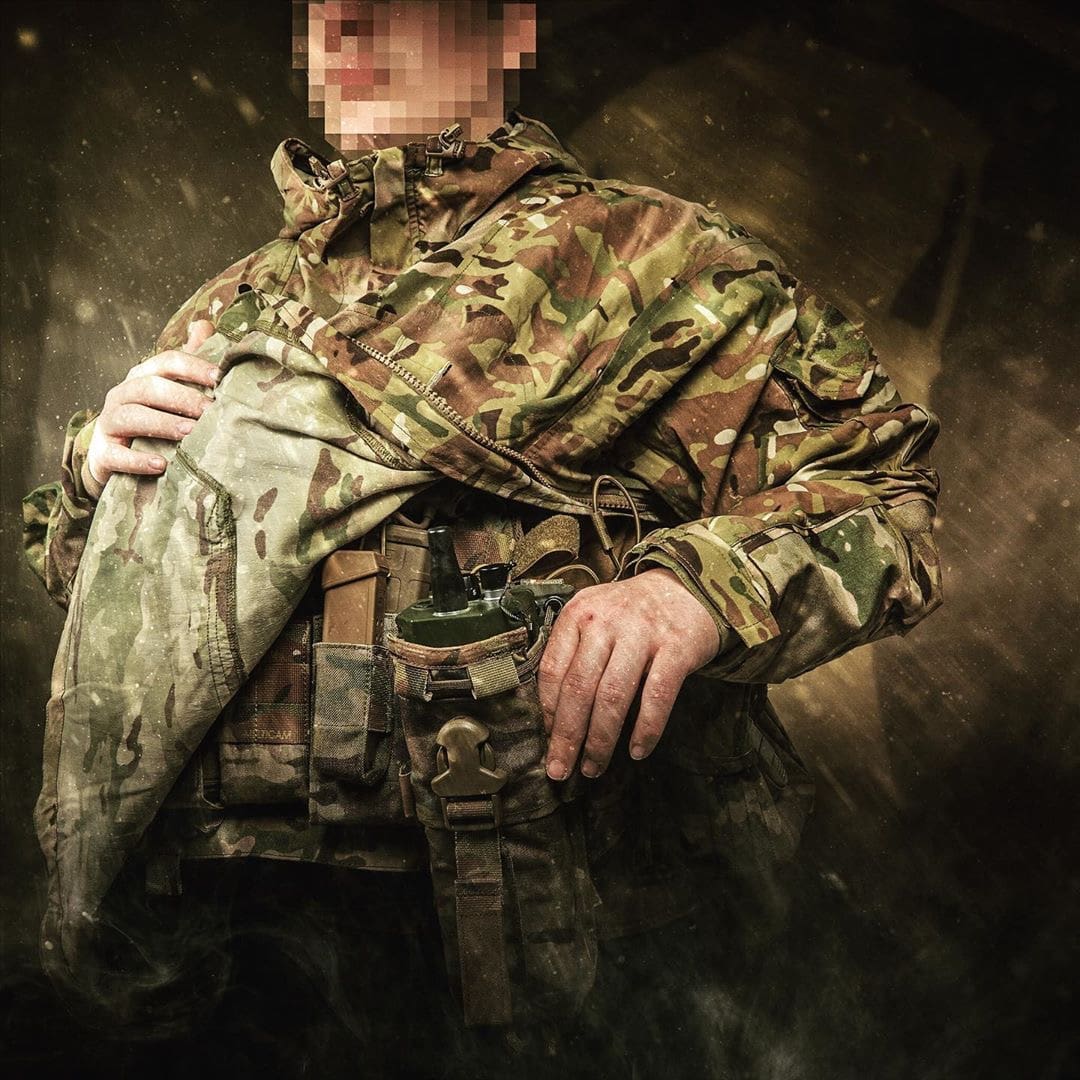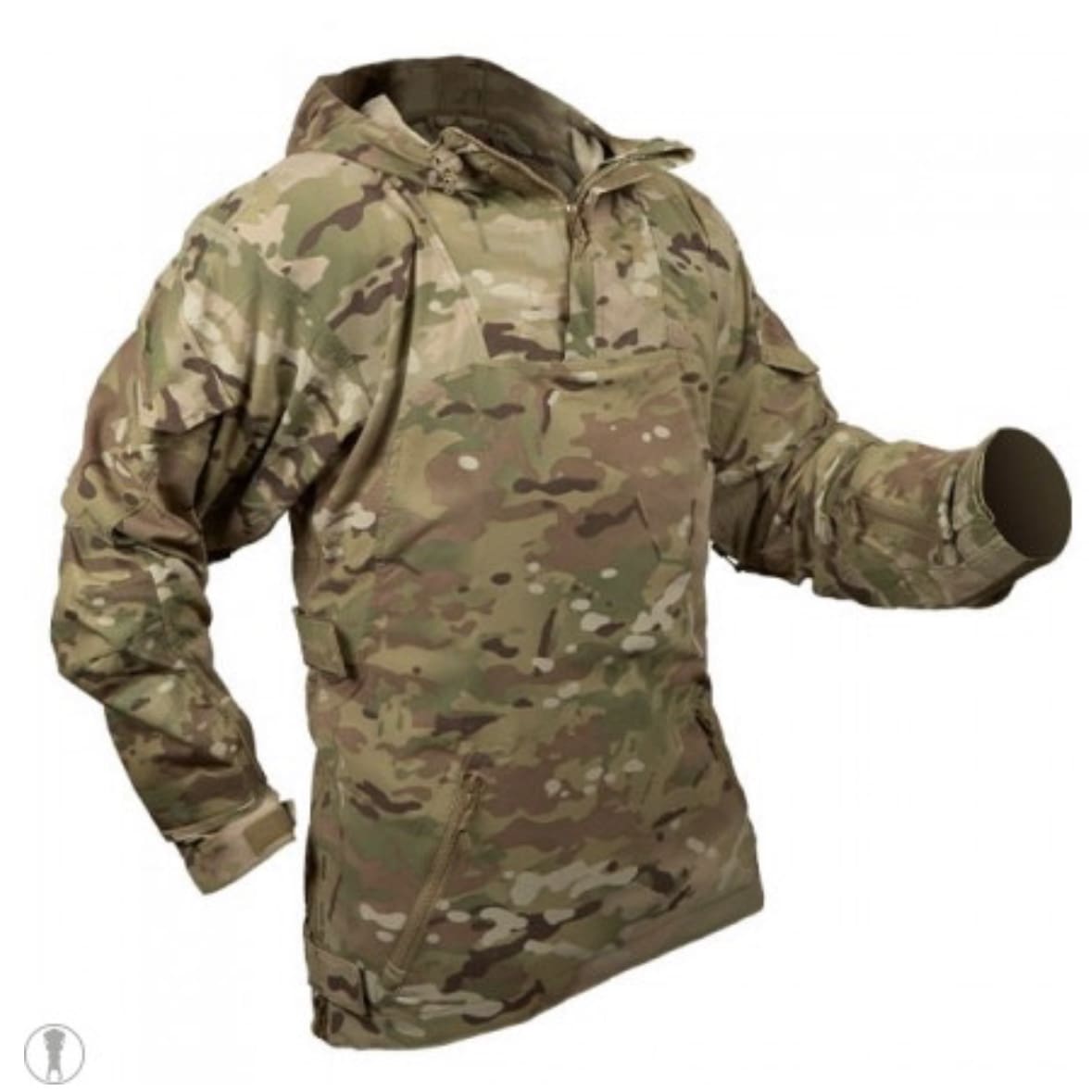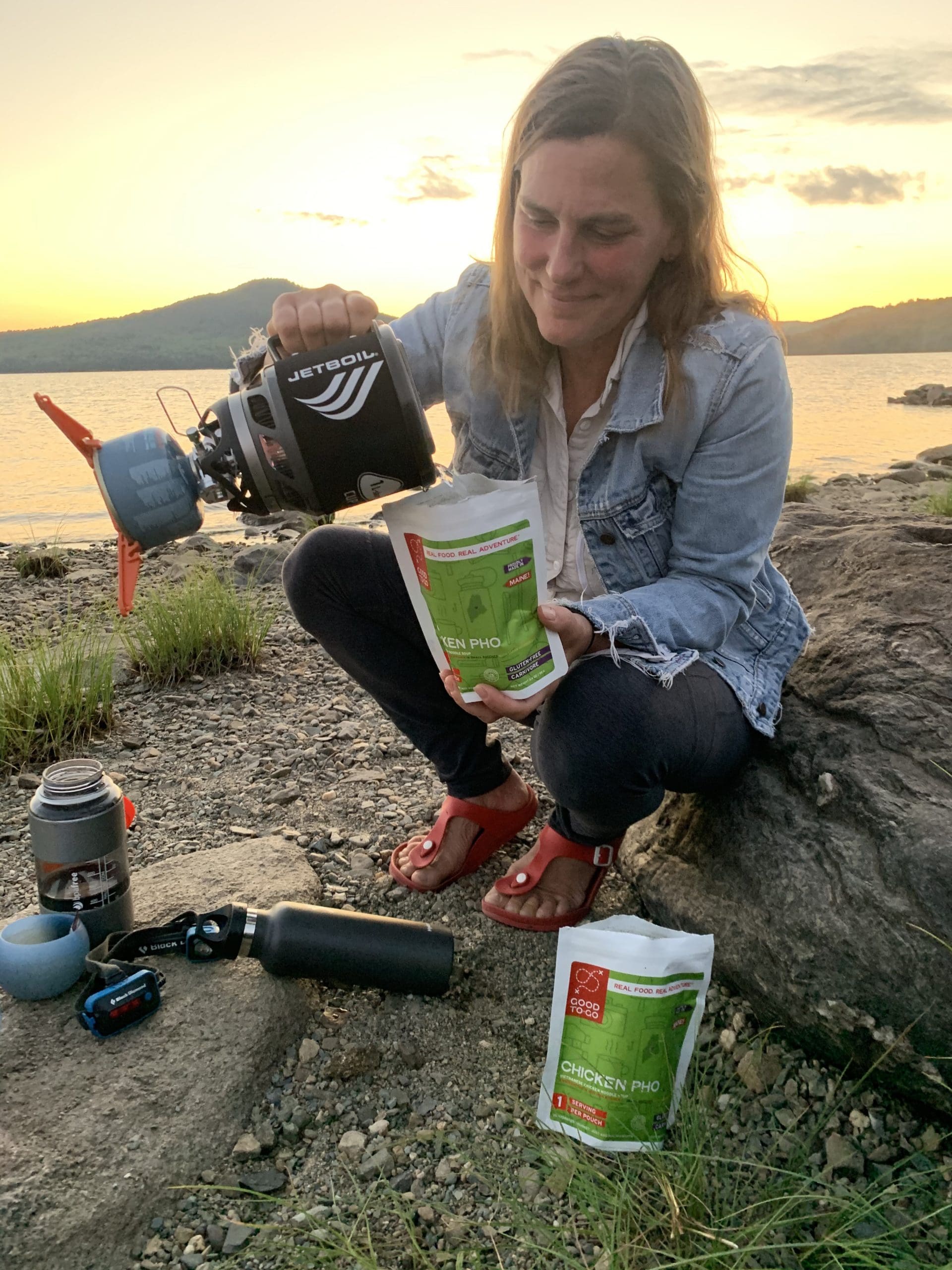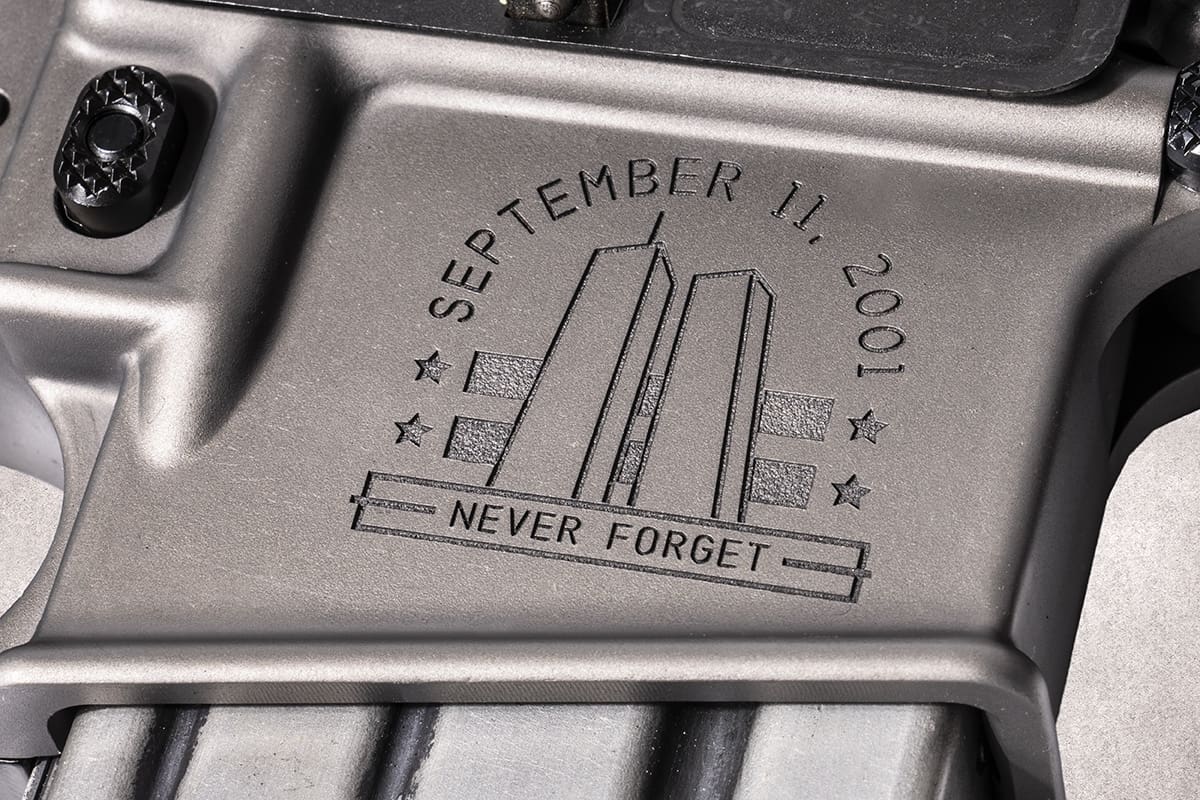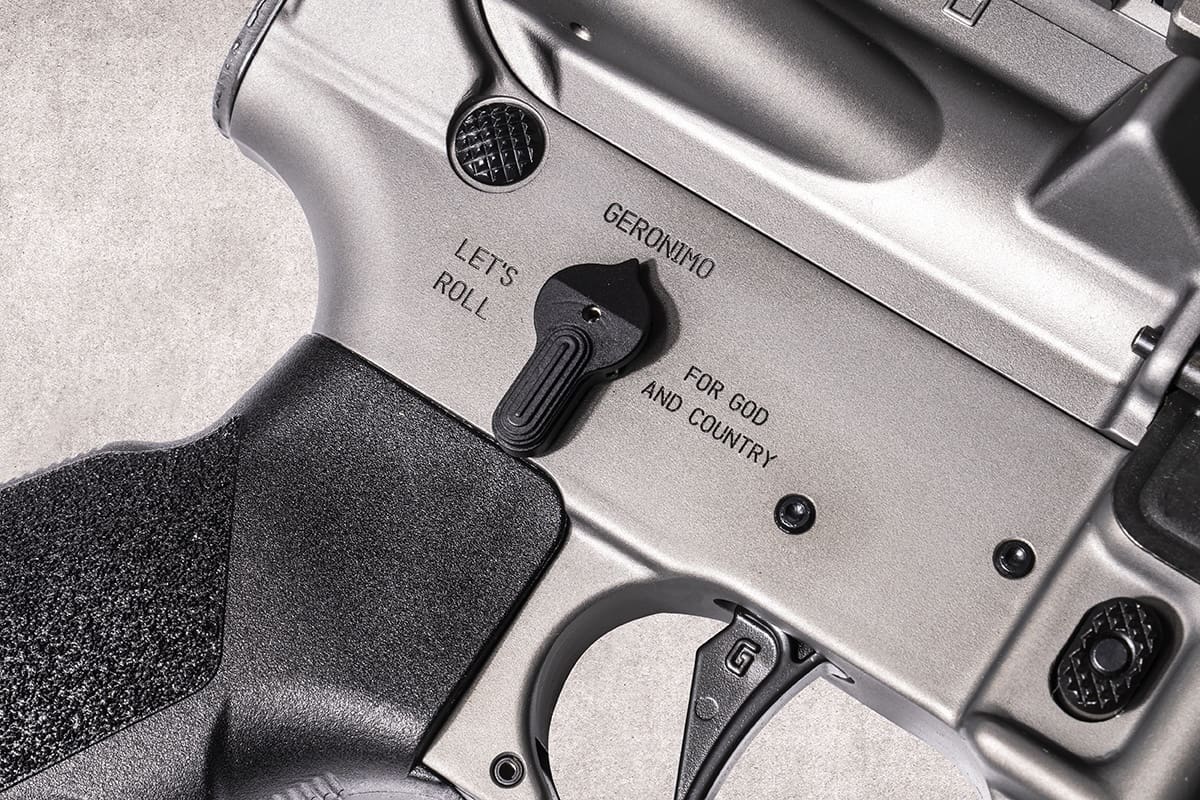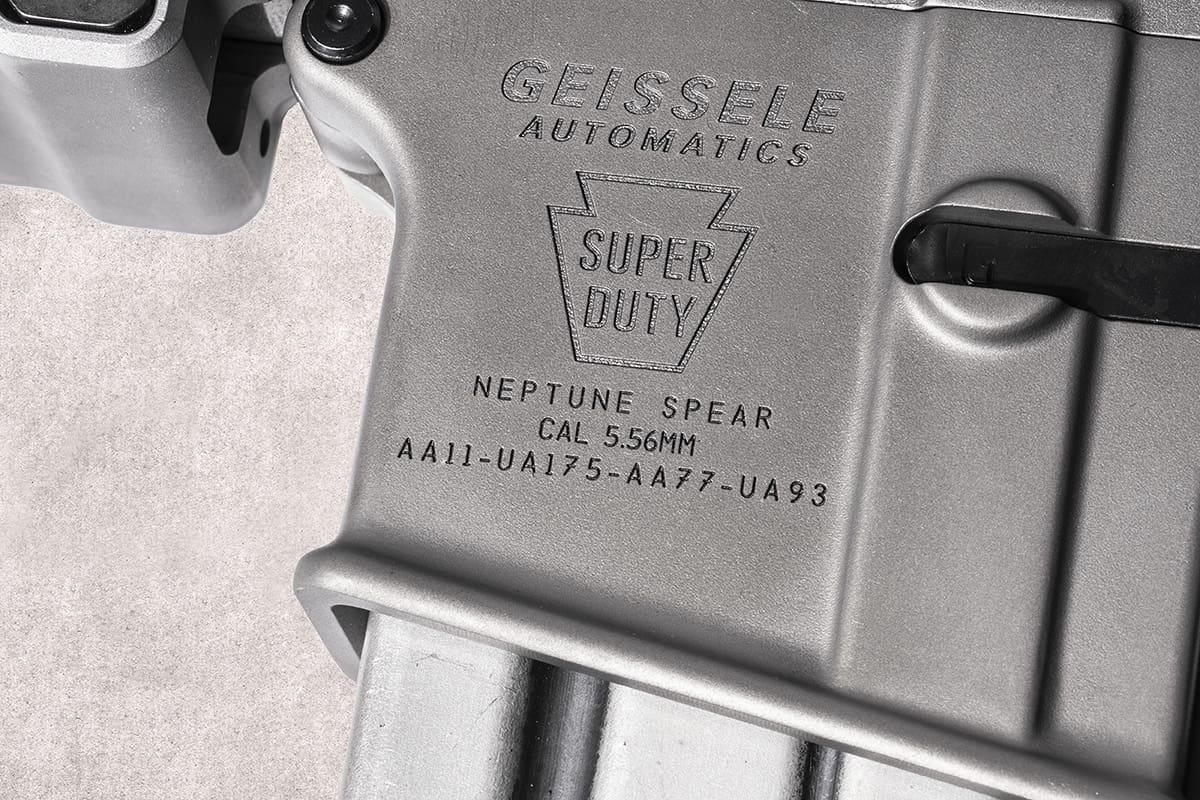
SAN ANTONIO-RANDOLPH, Texas —
Air Force recruiters nationwide will launch future enlisted space professionals to Basic Military Training to fill Fiscal 2021 job opportunities.
The Department of Defense’s newest military branch is relying on Air Force Recruiting Service to find America’s best and brightest to fill more than 300 enlisted positions next fiscal year. Competition for the limited number of opportunities is said to be tough.
During a virtual AFRS training session Sept. 10, 2020, with recruiters nationwide, U.S. Space Force career field managers from Peterson AFB, Colorado, explained the caliber of applicant they are looking for to join them in their fight to assure access to space for America.
“We’ve gotten away from a checklist driven mindset to where we are lean and agile and our young Airman have to think on-the-fly sometimes to outmaneuver some of the adversaries,” said Senior Master Sgt. Randy Magdaleno, U.S. Space Force manager of Special Programs Division. “As an example, we have young Airman sitting in the 2nd Operations Squadron flying the GPS (Global Positioning System) satellites and what a lot of people don’t know is our Air Force and, now our U.S. Space Force, do the satellite command and control and operate our GPS systems out there for the world.”
This is the reason why career field managers say they need top-notch space professionals to stay ahead of adversaries and secure access to and through space for America in a hostile space environment.
Airmen who were selected to transfer to U.S. Space Force have joined the new service. In October, highly-qualified applicants without prior military experience will begin to make their way to BMT after being processed by an Air Force recruiter. That is their first step to service in the space mission.
They will apply at an Air Force office but will specify which branch of service they would like to be considered for. It is possible they can choose both. The same screening for eligibility to serve will apply. Space specialties will continue to require the same Armed Services Vocational Aptitude Battery scores and security clearances which are higher than most Air Force career fields.
“Most of our jobs focus on orbital warfare, space electronic warfare, or space battle management,” said Senior MSgt. Daniel Hill, U.S. Space Force manager for the 1C6 Space Systems Operators Air Force Specialty Code. “We fly satellites, keeping them in position or repositioning them if a threat is detected. We use radar to detect missile launches and track space debris to protect our assets in space.”
Descriptions for space specialties can be found on www.spaceforce.mil by clicking on the Careers tab. Job locations are expected to be where a majority of these space professionals are currently located which include installations in California, Colorado and Florida but they can be found in smaller units worldwide.
In February 2021, the U.S. Space Force expects to fill other career opportunities that are key to the military space mission such as cyber security and intelligence. Airmen currently holding those positions for the Air Force were given the opportunity in May 2020 to volunteer to transfer into the U.S. Space Force. Those selected to transfer will begin the nearly two-year process in February..
All space systems operator positions are scheduled to align in U.S. Space Force ranks and will no longer be called Airmen, but rather a yet to be determined nomenclature within the next two years.
Due to the unique capabilities space professionals perform for the nation, recruiters were encouraged by AFRS trainers to set up mentorship-like opportunities between applicants and active duty personnel or tour nearby space units where available when social distance and COVID health restrictions allow for such an opportunity.
“We are excited to partner with the U.S. Space Force as it endeavors to build a diverse and inclusive corps of Space Professionals,” said Lt. Col. Michael Graff who leads U.S. Space Force recruiting efforts from his office at AFRS headquarters in San Antonio. “Air Force recruiters are rapidly stepping up to attract and find the agile, innovative, and bold young women and men who will defend a boundless domain and shape space power for decades to come.”
By Chrissy Cuttita, Air Force Recruiting Service Public Affairs


